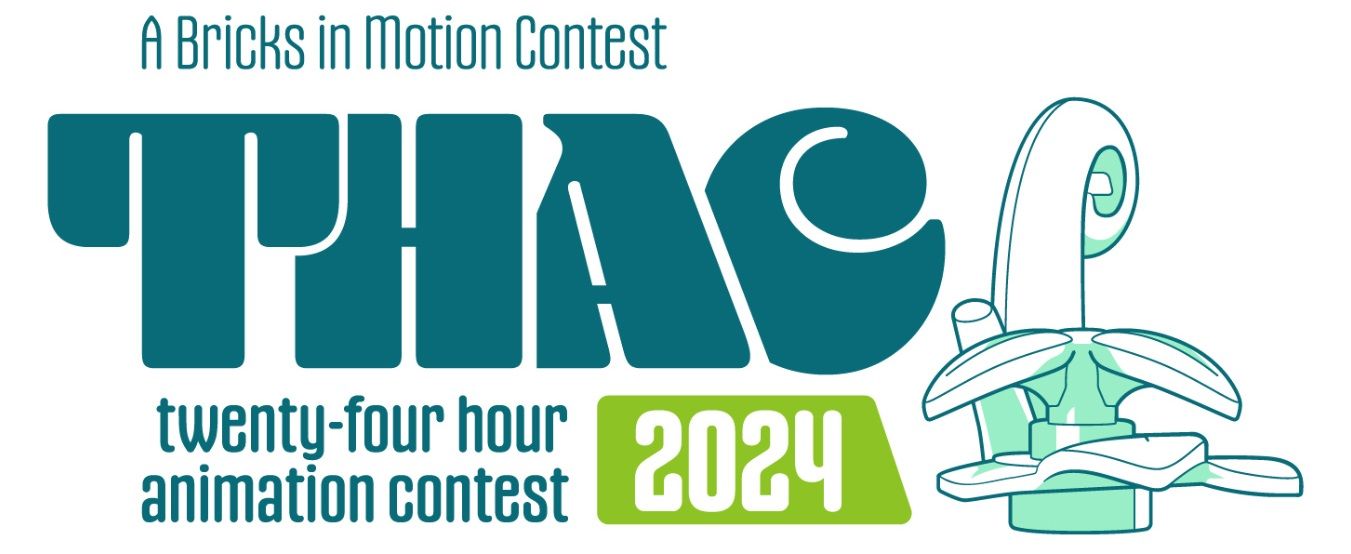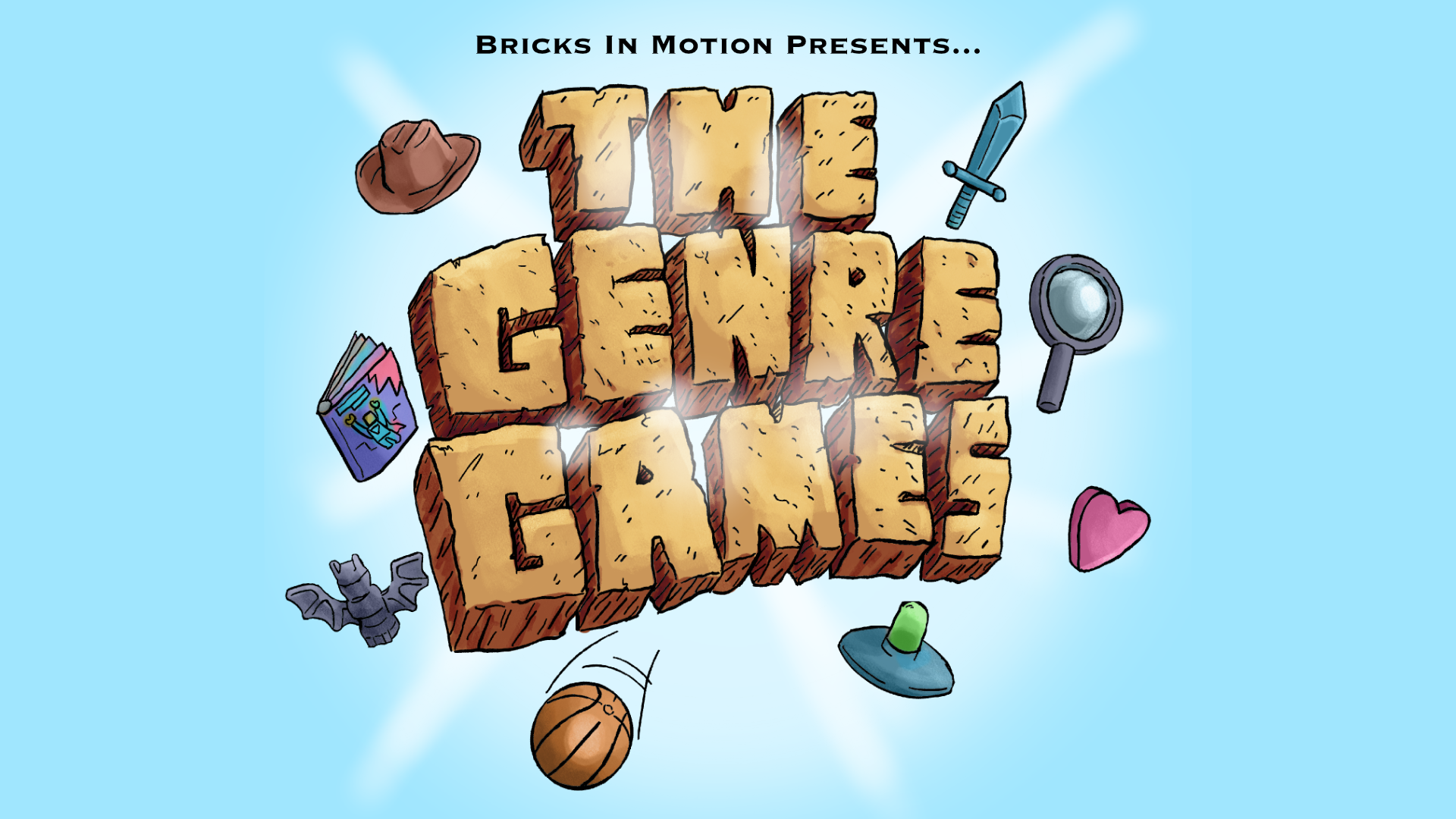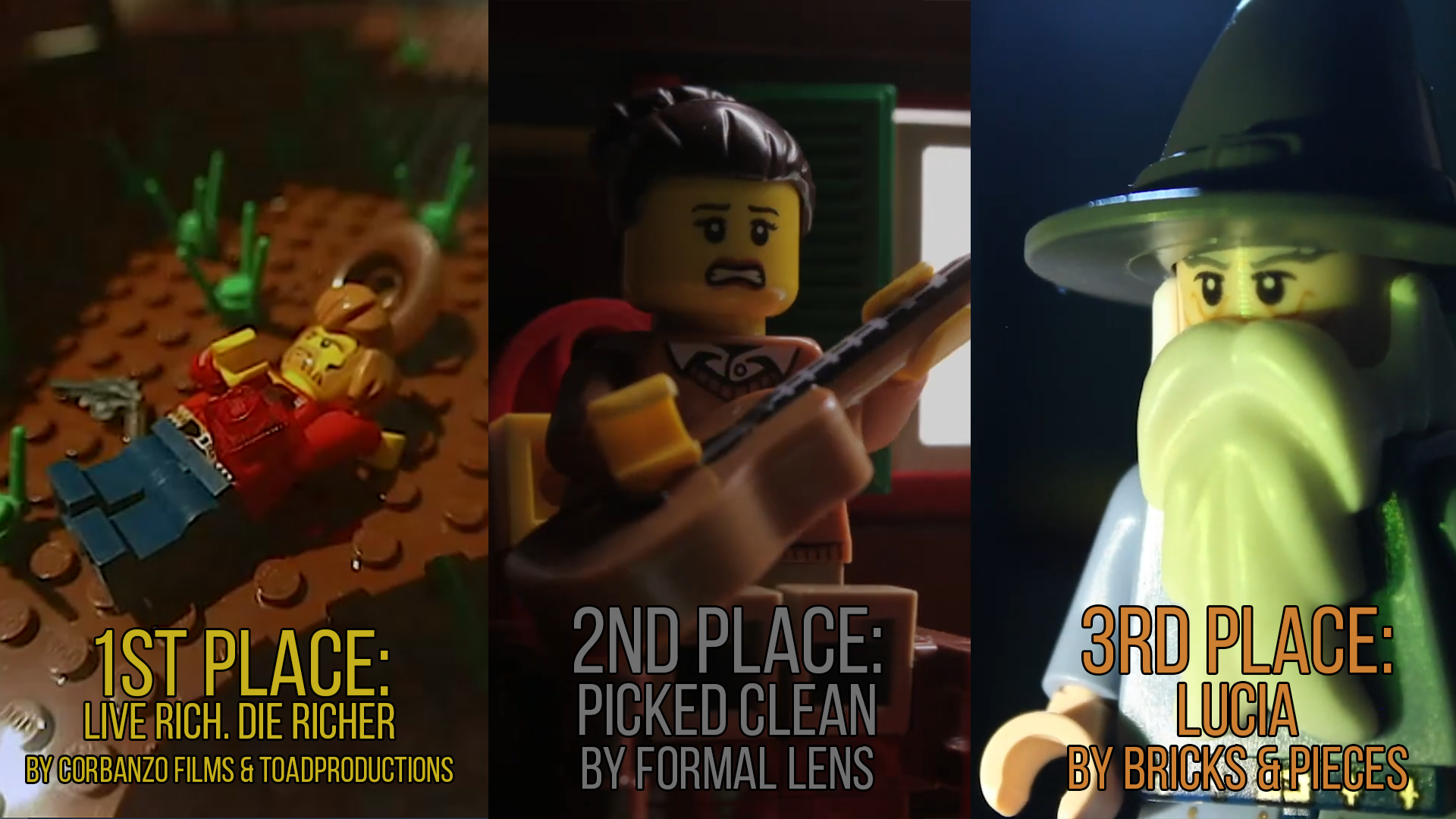I wrote this for you and I hope it helkps; it was late night so if it makes not a lot of sense, forgive me.
Adapting a short story to a brickfilm
Begin with a short and manageable story. If this is your first adaptation, begin with something short, like a short story or novelette. By the way, these are the official categories of story lengths:
Short story: under 7500 words
Novelette: 7500 to 14,999 words
Novella: 15,000 to 39,999 words
Novel: 40,000+ words
There is a trade-off when adapting prose to a visual medium. You gain something and you lose something.
You gain a visual representations of abstract concepts. Insights that may take several pages of text can be depicted in a single frame. For instance, suppose a character is a very vocal fringe activist. If he dresses like a hipster or 1960's hippie, has peace signs, communist flags and a statue of Che Guevera in his den, and is eating a vegan meal while discussing the details of the next protest over the phone, viewers have an instant image of this person and expect certain behavior. Use visual language to convey the story's details.
You lose insight into the character's inner thoughts. This is the trade-off for your gain. To compensate for the loss of the elaborate exploration of character's personal thoughts, the same technique applies, only it requires much more care. You must depict a character's inner nature through depiction of his actions. Is he a congenital liar? Show him making obvious lies early in the story to establish his nature. Keep it subtle, but look for all opportunities to exploit characterization to its fullest.
Cheat. You can decide to make a character's thoughts audible at times. This isn't recommended unless you want a story where the person's thoughts are a major theme.
Keep dialogue relevant. Time moves quickly in visual media. Your goal is to be as concise as possible without sacrificing the story's integrity. Say the same thing, but in fewer words. Get to know each character inside out, and what motivates each one. Then, carefully construct each sentence so that every word drives the plot forward and provides insight into the characters. This means eliminating entire blocks of dialogue or summing up entire paragraphs into main ideas. The animated series Samurai Jack mastered dialogue; the talking was sparse, but when it was present, each word spoke volumes. In fact, the rare use of language only emphasized the words' power. Keeping dialogue relevant isn't all about downsizing. It also may mean elaborating on what's being spoken, so that things in the story that aren't outwardly apparent are clarified.
Streamline the story. If the plot loses nothing or little by eliminating a scene or a character, or if some crucial information can be transferred to another scene or character, feel free to do so. The novel Charlie and the Chocolate Factory featured a room where Willy Wonka made “square candies that look round”. An entire scene was devoted to the children visiting the room. The movie adaptation, Willy Wonka and the Chocolate Factory (1971) was already able to depict many miraculous candies in such little time (thanks to gaining a visual representation of ideas). While a delightful read, the square candies scene wasn't necessary in the film.
Keep in mind the medium you're using to animate. You're writing a story for Lego bricks. A scene may open with a character preparing for a formal event, and he's fully dressed except for his shoes. He puts his shoes on during the scene. Minifigures don't have shoe elements, and pieces that can be used as shoes may be awkward. It would be easier to instead animate him fully dressed except for his coat, and he puts a coat on by grabbing a minifigure torso and placing it on his body. It's a minor change that doesn't affect the story's integrity. That's, of course, unless the shoes are significant to the story.
Block divergent stories into fewer scenes. As stories grow in length, they tend to go back and forth between parallel stories. In The Empire Strikes Back (1980), the parallel stories are Luke's training on Dagobah and Han Solo's evasion of the Empire. Parallel stories in prose can be facilitated by telling each parallel story all at once until the two stories converge near the climax. Transformers: The Movie (1986) has two parallel stories in the middle: Hot Rod and Kup's trial on Quintessa and Ultra Magnus' shipwreck dilemma on planet Junkion. When Marvel adapted the story for a 3-issue comic adaptation, the entire Quintessa story was told in issue 2 and the Junkion story was in issue 3. By focusing entire sections on specific characters, all their development can be done at once, and in less time.
That's it. The first sentence of each paragraph is bold and sums up the paragraph. Just glance at the bold now and then while writing.
I've done adaptations of some of my favorite science fiction shorts to brickfilm. These are the things I figured out along the way. The main focus is to eliminate or modify anything that doesn't drive the plot, so long as you're not sacrificing the story's main idea. Accentuate those parts that do drive the theme.
https://vimeo.com/channels/holdingourown http://holding-our-own.tumblr.com"None practice tolerance less frequently than those who most loudly preach it."










